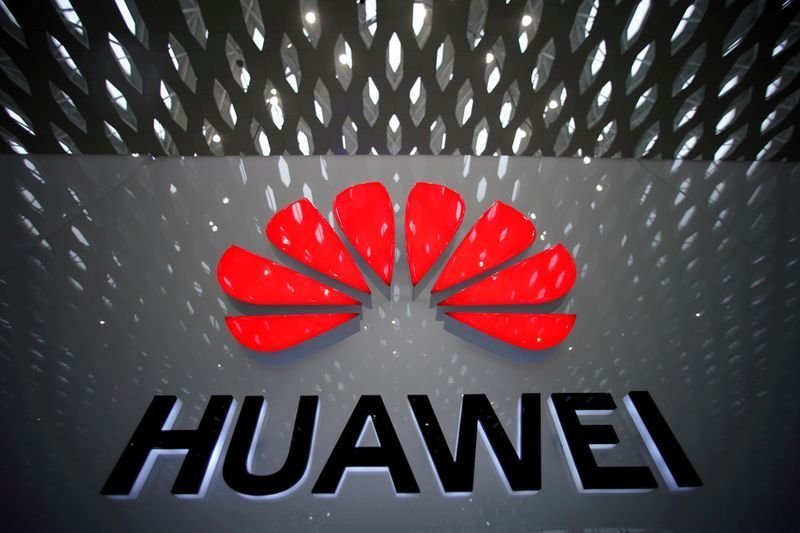At the Huawei Digital Energy Summit Forum on October 15, Wang Tao, Huawei’s executive director and director of the Product Investment Review Committee, proposed: The new infrastructure strategy released by the state this year will vigorously promote digital industrialization and industrial digitization, and accelerate the development of the digital economy. 5G and big data centers are the focus of new infrastructure.
As emerging technologies such as 5G, Internet of Things, cloud computing, and artificial intelligence are rapidly moving towards large-scale commercial use, the digital transformation of the industry is entering the deep water zone. An intelligent society characterized by “all things perception, all things interconnection, and all things intelligence” has arrived. “Ubiquitous connection, ubiquitous intelligence” is becoming a reality.
In terms of 5G network construction, the number of 5G base stations in China has reached 600,000 stations, and it is estimated that 5G base stations will reach 3 million stations by 2023.
In terms of data center construction, the current total number of racks in China’s data center has exceeded 2.2 million, and it is expected to continue to maintain an annual growth rate of 25% in the next three years, and the total number of racks in 2023 will exceed 4 million.
Wang Tao, Executive Director of Huawei, Director of the Product Investment Review Committee
The large-scale and rapid construction of 5G and data centers has brought huge challenges to energy infrastructure. There are three main points:
1. High energy consumption : The energy consumption of sites brought about by 5G has doubled, and electricity costs have greatly eroded the profits of operators, which has become a key pain point; the 10-year TCO of data centers accounts for more than 60% of electricity costs, and reducing PUE has become data center profits As the key element of this, first-tier cities such as Beijing, Shanghai, and Shenzhen have issued high-standard energy consumption management requirements, clarifying low-PUE data center planning and construction requirements.
2. Long construction period : It is difficult to obtain 5G site sites, and it is difficult to introduce municipal power, which has become a bottleneck restricting the rapid construction of 5G; the traditional construction mode of data center has a long construction period, usually requiring more than 18 months, which cannot meet the new infrastructure situation. Business development requirements of new models and speeds.
3. High cost of operation and maintenance : Traditional energy infrastructure management is based on typical dynamic environment monitoring, and the degree of digitization is low, resulting in low operation efficiency and high operation and maintenance costs.
As a leader in global digital infrastructure, Huawei has proposed solutions to meet these key challenges:
1. Energy, as the base of the digital world, has become a key part of the digital infrastructure and one of the important competitiveness factors of the digital economy. It requires the whole industry to pay more attention and increase investment.
Traditional energy, as a supporting solution, is not a major contradiction to solve the power supply problem of the main equipment. With the rapid development of the digital economy, digital infrastructure energy solutions face many challenges such as high energy consumption, long construction periods, difficult operation and maintenance, and low operational efficiency, which have become major contradictions. To solve these problems, the entire industry needs to pay more attention and investment, combine traditional energy technology with digital technology, and provide minimal, green, smart, and safe digital energy solutions through energy digitization and “bit management watts”. Solve the problems and challenges faced by traditional energy.
2. Use the target network architecture to guide the planning, construction, operation and maintenance and operation of digital energy infrastructure to help the high-quality and rapid development of the digital economy.
Regarding site energy : Huawei puts forward the goal of “adding 5G, not adding site energy-related OPEX” and solving the problem of rapid increase in operating costs through the “three reductions and one open source” approach. The specific measures are as follows: 1) Reduce site rent through the minimal site construction model of “one station, one cabinet, one station, one knife” ; 2) reduce energy consumption through module-level, site-level, and network-level high-efficiency solutions, and pass through the station Innovative solutions such as station light stacking and intelligent peak shifting can reduce electricity costs; 3) Through site digitization and operation and maintenance intelligence, automatic driving of site energy is realized, reducing operation and maintenance costs, and improving operation efficiency; 4) Through operator sites The opening of energy infrastructure has moved from a “communication station” to a “social station”, releasing the potential of the site, and realizing the transition from throttling to open source.
For data centers: Huawei proposes a minimal, green, smart, and secure next-generation data center target architecture, and uses the “four major reconstructions” as a means to solve the challenges of long data center construction cycles, high energy consumption, and difficult operation and maintenance. The specific measures are as follows: 1) Restructure the data center architecture through modularization and prefabrication to achieve minimal delivery, and reduce the construction period of the data center from the current 18 months to less than 6 months to meet the needs of rapid business launch; 2) Reconstruct the power supply link to achieve safety and reliability through “silicon in and copper retreat”, “lithium in and lead retreat”, and AI predictive maintenance ; 3) Rebuild the temperature control system through “wind in and water retreat” and AI energy saving , Reduce PUE, and achieve extreme energy saving; 4) Through AI blessing, restructure the management system , realize automatic driving of data center operation and maintenance, and reduce operation and maintenance costs.
As the foundation of digital infrastructure, Huawei will continue to increase investment, integrate power electronic technology and digital technology, realize energy digitization, and provide minimal, green, smart, and safe digital energy solutions to help the digital economy. Quality is developing rapidly.



